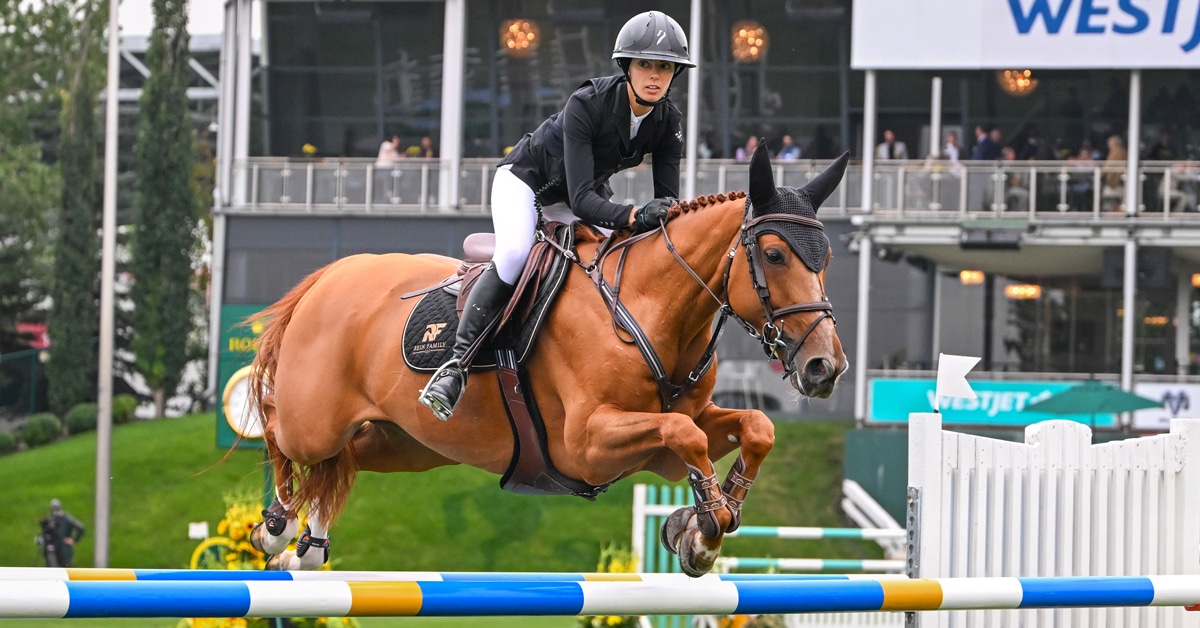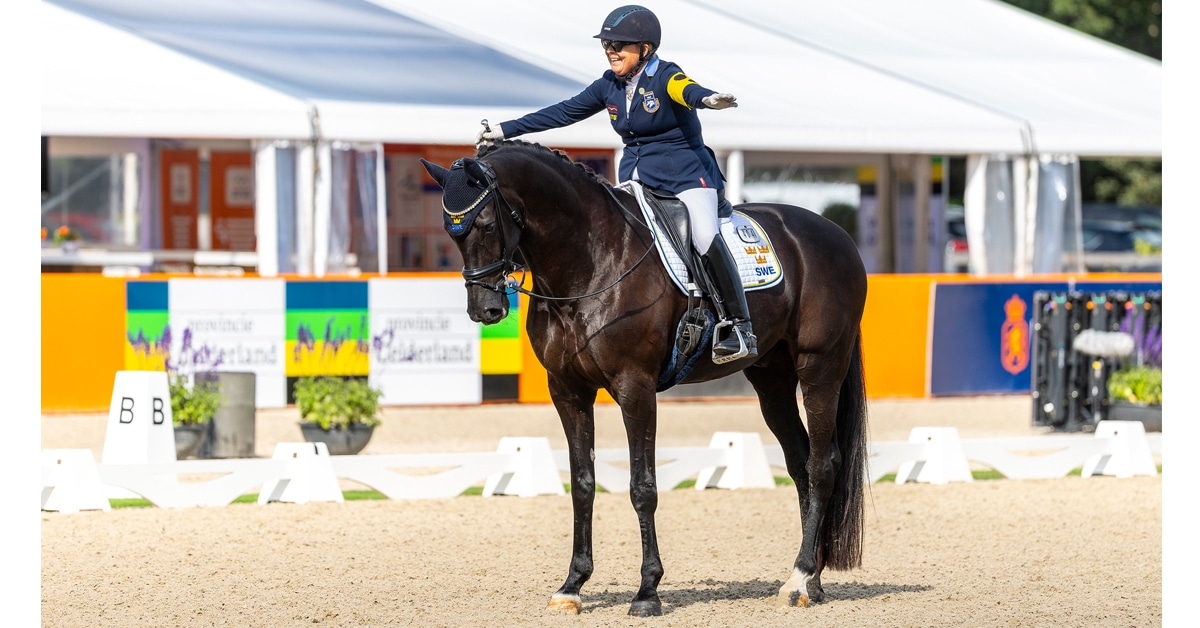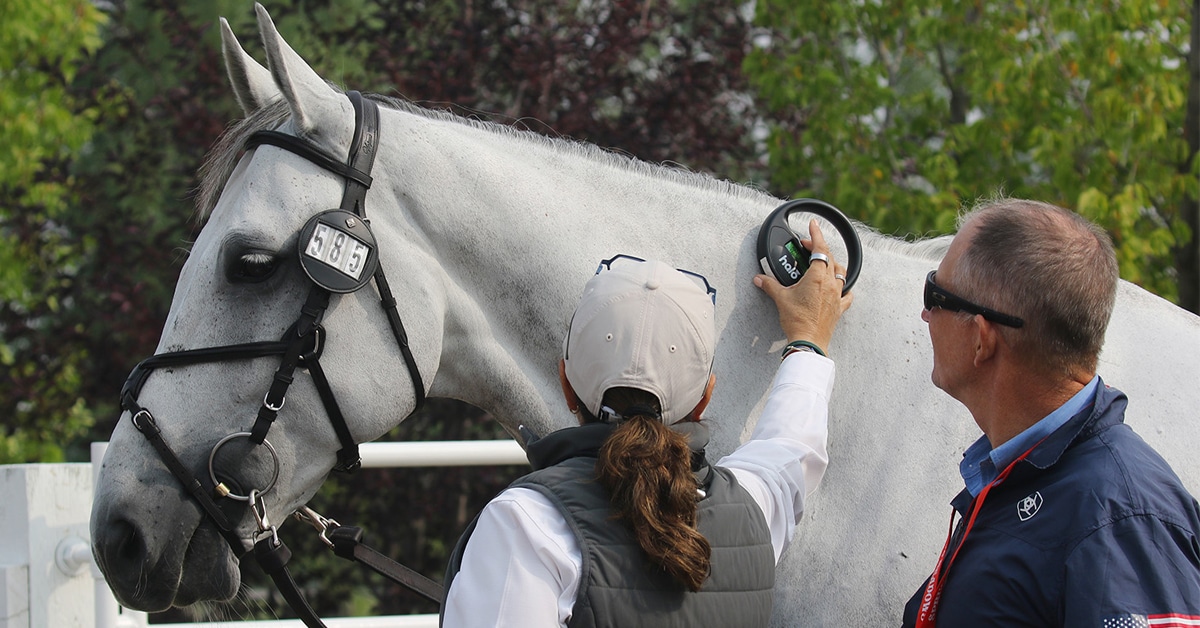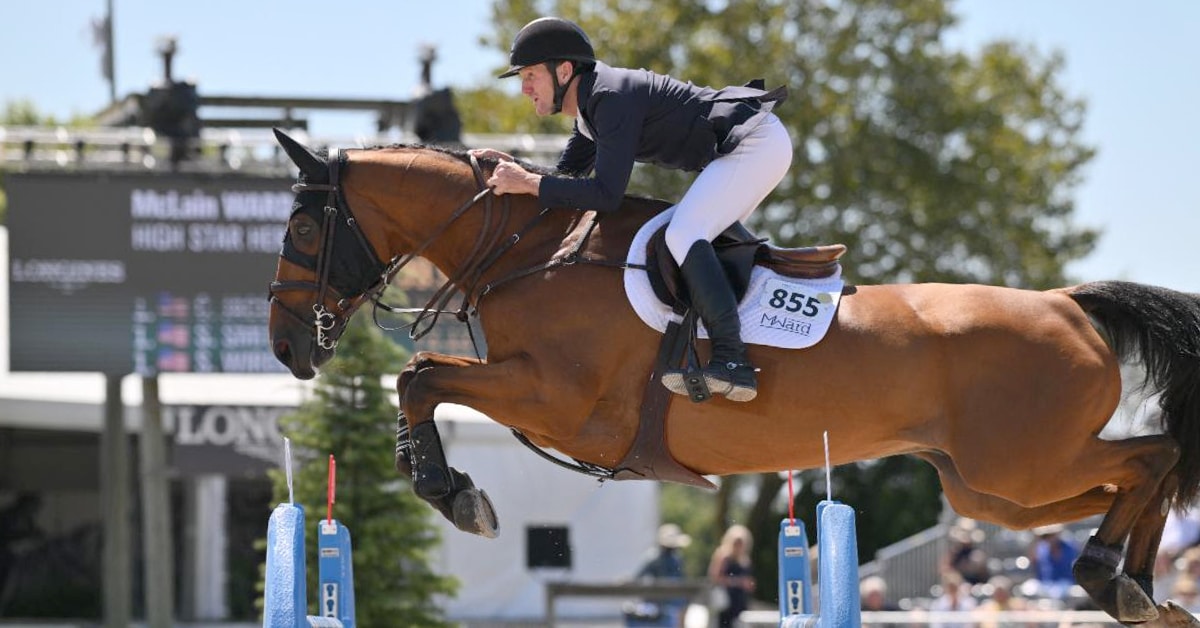The Equestrian Canada (EC) Annual Convention got back underway on April 8, with another full day of collaborative sessions and meetings with equestrian stakeholders from across Canada.
Day two focused on two vital areas, high performance sport and EC governance, and was highlighted by the EC High Performance Review Findings presentation in the morning, and the EC Voting Members’ General Meeting in the afternoon.
The Future of Canadian High Performance Equestrian Sport
Jon Garner, EC Director of High Performance Sport, and Benoit Girardin, Lead Strategist for LBB Strategies got the day started by leading delegates through the EC High Performance Review Findings and encouraging discussion around the future of high performance equestrian sport in Canada.
The High Performance Review process is a standard undertaking across national sport organizations in Canada, and is traditionally carried out at the end of each Olympic quadrennial cycle. The EC Review, funded by the Canadian Olympic Committee and led by LLB Strategies with Girardin at the helm, began in October 2016. It covered the four equestrian Olympic and Paralympic disciplines of dressage, eventing, jumping and para-equestrian.
The Review was created with significant consultation from a full cross-section of stakeholders, including high performance athletes, technical experts, EC discipline committee chairs, high performance horse owners, discipline focus groups, and representatives from EC partners, including Provincial/Territorial Sport Organizations (PTSOs), Own The Podium (OTP), the Canadian Olympic Committee (COC), and Sport Canada.
During the session, Garner and Girardin presented the nine key recommendations that resulted from the review as follows:
- Appoint a technical expert as leader of the discipline national team program, reporting to the EC Director of Sport.
- Deploy a high performance coach enhancement program for personal coaches working with national team athletes.
- Develop a national team program with a long-term Olympic/Paralympic vision and yearly specific plans. Program to be created through collaboration with EC Director of Sport, technical leader, discipline committees and staff.
- Develop and deploy a robust Next Gen program that enhances the level of support and services for up-and-coming athletes.
- Create clear rider, horse, coach and competition development and podium pathways through collaboration between EC and discipline experts.
- Develop and deploy robust revenue generation for the national teams.
- Develop a strategy to enhance horse owner involvement and recognition.
- Develop and deploy a marketing strategy focused on the promotion of high performance athletes.
- Continue developing international relations at the technical and governance levels and develop leadership around international hosting.
“The theme of this week has been Building a Unified Canadian Equestrian Community, and throughout this report there is the theme of working as one unified country to better support our two athletes, the rider and the horse,” said Girardin. “Whether you are a PTSO, a volunteer, a staff member, a high performance coach or technical leader, an athlete… whatever the role you play in this incredible community, you have to reflect on whether your day-to-day is benefiting the athletes. So together, we are embarking on a journey of excellence.”
Garner and Girardin also outlined the next steps for implementing the High Performance Review findings. Phase two will take place over the spring and summer of 2017 and will involve the following steps:
- Creating a high performance plan through collaboration between EC, the High Performance Task Force and experts.
- Seeking input from stakeholders on the draft high performance plan.
- Obtaining approval of final draft of high performance plan.
- Engaging all stakeholders in the implementing the high performance plan.
For the remainder of the session, delegates were invited to ask questions and discuss suggestions around the High Performance Review findings and the next steps. Topics included EC and the PTSOs working collaboratively to provide a clear pathway from the grassroots to high performance, utilizing best practices from leading equestrian countries, seeking out innovative fundraising ideas, and finding ways to increase the presence of equestrian sport in mainstream media.
EC Voting Members’ Meeting Focuses on EC Governance Process
Following the implementation of EC’s new By-laws, created and voted in to allow EC to transition under the new Canada Not-for-profit Corporations Act (CNCA) in October 2015, a new voting membership structure was implemented:
Category A Members: Equestrian Sports
Category B Members: Provincial & Territorial Sport Organization (PTSOs)
Category C Members: National Equine Associations
This group of members with voting rights are selected by consensus from their stakeholders, and hold the following responsibilities:
- Selecting EC Board members as recommended by the Nominations Committee
- Approving By-law changes
- Receiving EC’s audited financial statements
- Appointing EC’s auditor on an annual basis
- Voicing and representing the best interests of their constituents to the EC Board
- Acting as a liaison between their constituents and the EC Board to ensure both groups are kept well informed
To facilitate these responsibilities, the 2017 EC Annual Convention hosted individual meetings for each of the category groups, followed by a Voting Members’ General Meeting, which was open to all EC Registered Participants to attend.
The meetings provided the opportunity for the Voting Members to conduct general business, including the adoption of minutes of previous General Meetings, but also to meet with EC senior leadership in order to come together and engage on key governance issues from the past year, and collaborate on a unified path forward.
The General Meeting was a continuation of a list of actions taken by the EC Governance Committee since the 2016 EC Annual General Meeting to address gaps in the new governance system. Previous steps completed include:
- Hosting meetings of members from coast-to-coast to listen to concerns and issues around EC governance.
- Preparing a document outlining the roles and responsibilities of members in EC’s new governance structure.
- Working with the three categories to amend the Category Terms of Reference from the previous transitional state, and executing an election process for each category.
- Drafting a communication pathway between the member categories, the stakeholders they represent, and the EC Board.
EC CEO, Eva Havaris also provided the Category Members with a presentation on the Pillars & Priorities of EC. Havaris started out by speaking to one of the major themes throughout the 2017 EC Annual Convention – alignment.
“Over the past few days at the Convention, you have seen some of the insight into the pillars that the Board has been discussing and focusing on for the organization as we move forward,” said Havaris. “The biggest area of focus here at the Convention, and going forward is alignment, and it really does show up within the four Key Pillars, which represent the EC Strategic Plan that we are working on, and will finalize soon.”
FINANCE UPDATE
Next, the Category Members were provided with a Financial Overview and Update from Havaris and Mike Mouat, EC Director of Finance and Administration. The topics covered in the presentation included clarification on EC’s financial structure (Restricted Funds, Unrestricted Funds and Reserves), annual grants and external funding received by EC and how they work, the EC budgeting process, financial reporting and statements, EC’s new accounting system, and the year-to-date financial results.
A spirited discussion on financial topics was then held among the Category Members, and the EC Board and senior management would like to thank the group for their participation and engagement.
Next, Mouat presented a summary of the 2016-2017 budget as follows:
With respect to the current financial results for the 2016-2017 fiscal year, Mouat and Havaris confirmed that the Finance department is bringing the financial reporting up-to-date and are currently tracking within 1.5% in revenues and expenses. They also confirmed that unaudited financial statements will be completed for the EC Board’s review in June 2017, with audited statements to follow for the EC Annual General Meeting in September.
More News









